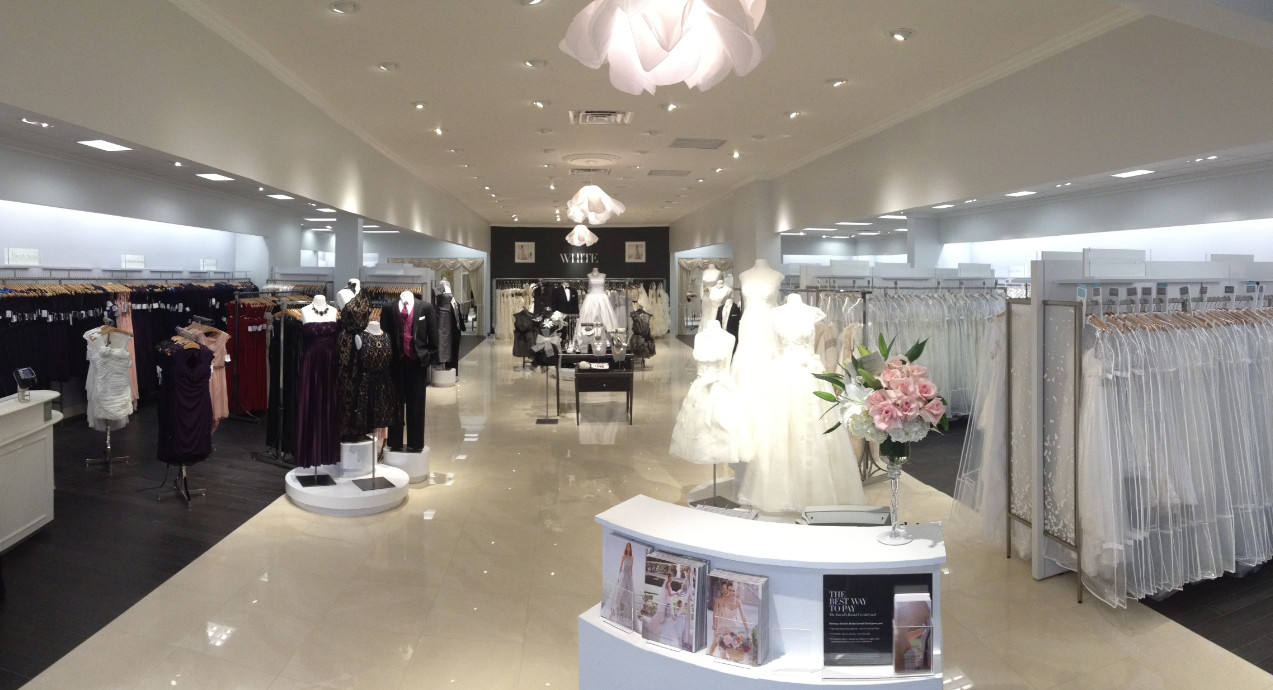 If you’ve ever been wedding dress shopping, you probably remember the feeling of being overwhelmed as soon as you entered the store, not only by the sheer number of dresses and price points, but also by the limitless range of styles being amassed to catch the eye of any bride-to-be.
If you’ve ever been wedding dress shopping, you probably remember the feeling of being overwhelmed as soon as you entered the store, not only by the sheer number of dresses and price points, but also by the limitless range of styles being amassed to catch the eye of any bride-to-be.
Now imagine it’s your job to select the dresses for each season, with a goal of predicting what will sell, while keeping the number of “dogs” - or those that don’t sell - to a minimum. The task can be daunting. As Carolina Herrera famously stated, “a wedding dress is both intimate and personal for a woman - it must reflect the personality and style of the bride.” To nail this, bridal retailers normally test styles in-store for months, which can extend the product-to-market timeline and end up costing retailers 100% of the value of the dress.
But, as David’s Bridal can attest, listening to the voice of the customer through next generation predictive analytic technology can increase new product success rates, reduce markdowns and inventory levels and reduce the cost of mistakes, which can take years to clear in the bridal business.
David’s Bridal is a leading retailer of bridal gowns and wedding-related apparel and accessories, producing and selling its merchandise through a portfolio of 11 owned or exclusive brands. The company began working with First Insight about seven years ago, and has seen the cost of testing reduced by 20-30 percent, accuracy in forecasting dress styles improve by 20 percent, and 100 percent accuracy in identifying dresses not likely to sell. Like virtually all retailers today, David’s Bridal is pushing to increase their speed to market. By shifting from in-store testing to the First Insight solution, David’s Bridal was able to cut three months from their time-to-market calendar.
Mark Chrystal, then Senior Vice President and Chief Supply Chain Officer, noted in a recent presentation during the PI Apparel New York last June, that in the modern, high-speed retail environment, retailers need to be able to respond quickly to shifting demand, and this means going beyond point-of-sale data. Through First Insight’s predictive analytics, the company was able to infuse traditional quantitative data with new qualitative data to gather insight into the voice of the customer, increasing their new product success rates while helping supply chain teams understand why a product isn’t selling.
Mr. Chrystal said, “First Insight’s technology allows us to determine the price our customers are willing to pay for the product, the sentiment -- whether they love it or hate it -- as well as identify specific attributes of products that customers like or don’t like. We use this data to change designs and assortment selection and ensure we’re putting the right product at the right price on the floor. Identifying attributes customers are attracted to also helps with visual merchandising.”
As a result, David’s Bridal has found that 26 percent of gowns tested by First Insight have shown a potential price increase opportunity. According to Mr. Chrystal, had the company applied First Insight’s technology to every category of products since 2006, they would have avoided $6 million in mistakes over the last six years.
“Having the right data allows us to bring products to market faster and more accurately. It moves the needle in ecommerce and appeals to customers through image-based technologies that bring her to our website, and ultimately to our stores,” Mr. Chrystal concluded. “It’s about the right product, the right price and the right customer. First Insight is allowing us to pursue it more efficiently than before, or than we would be able to do without technology like First Insight.”
















